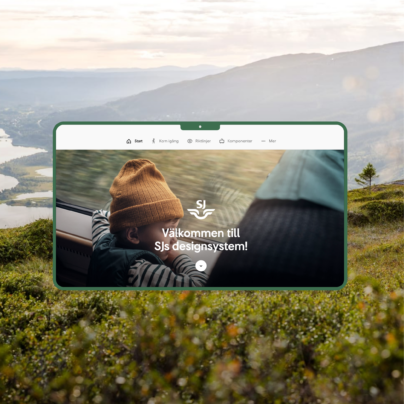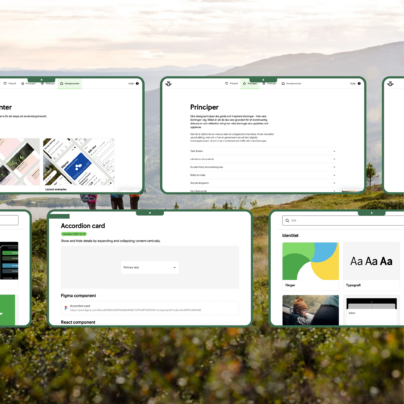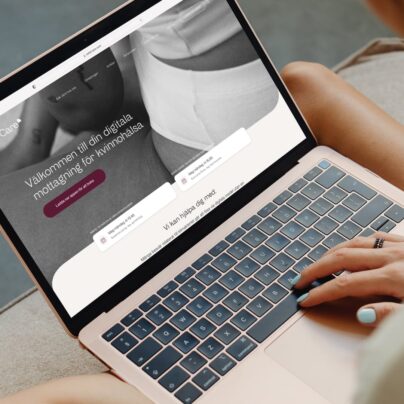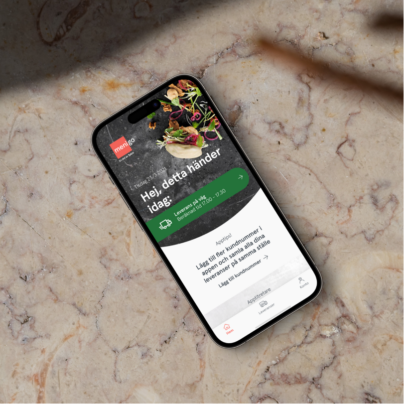Designa lösningar som matchar människors behov
UX står för user experience och betyder användarupplevelse. UX-design handlar kort och gott om designarbete som förbättrar användarens upplevelse av en tjänst eller produkt. UX-design används i alla branscher och för alla slags lösningar och användarupplevelser. Vi hjälper våra kunder bland annat att designa upplevelser för webb, e-handel, appar, AI, VR, e-tjänster, betalsystem, intranät och fysiska produkter. Listan över användningsområden kan göras hur lång som helst. Gemensamt är att det handlar om att förena företagets affärsmål med kundnytta genom att designa lösningar som på riktigt matchar människors behov, beteenden och drivkrafter.














